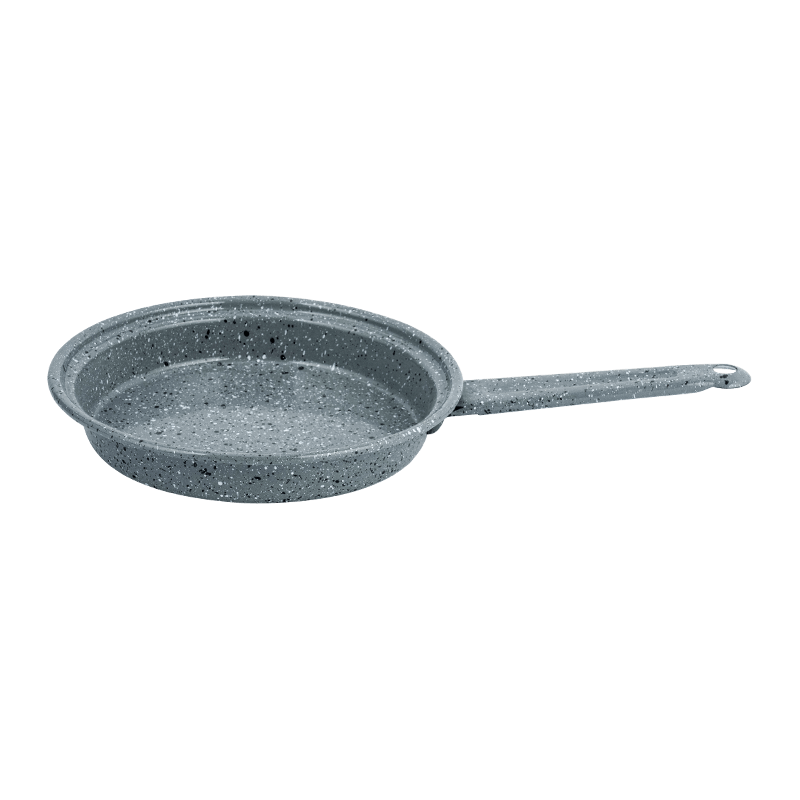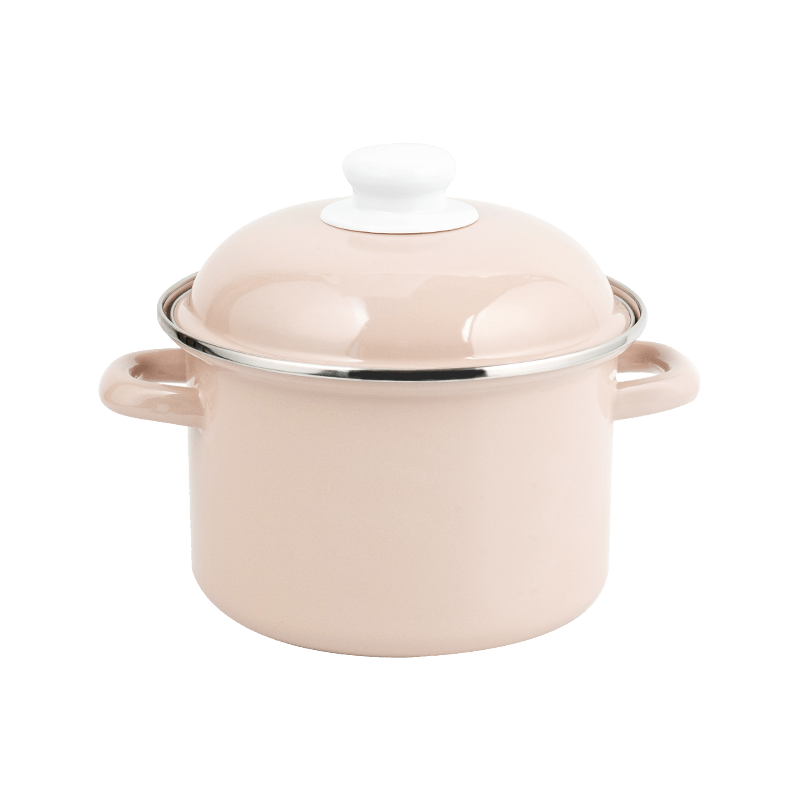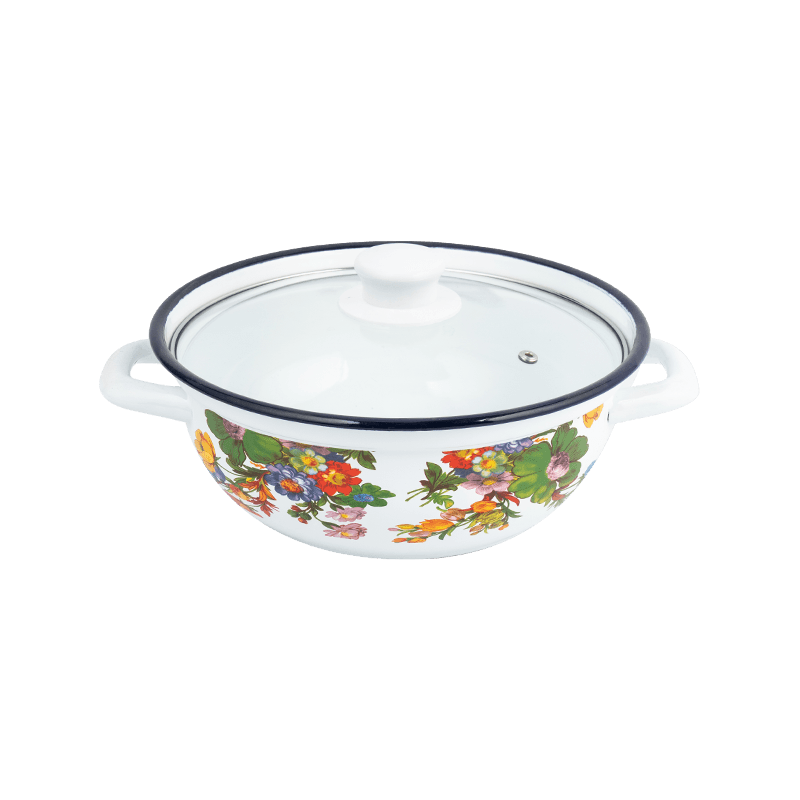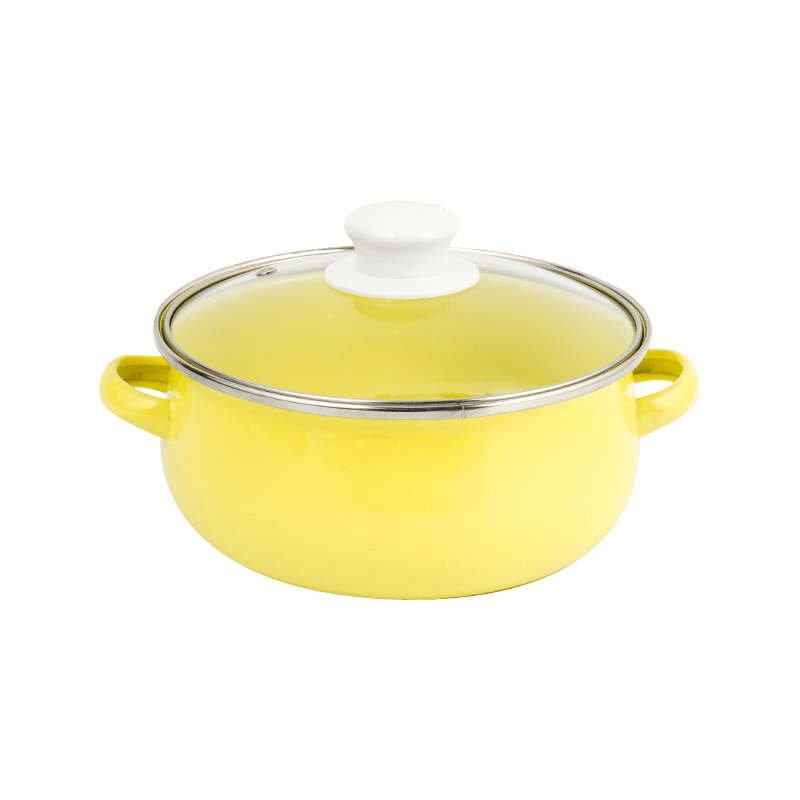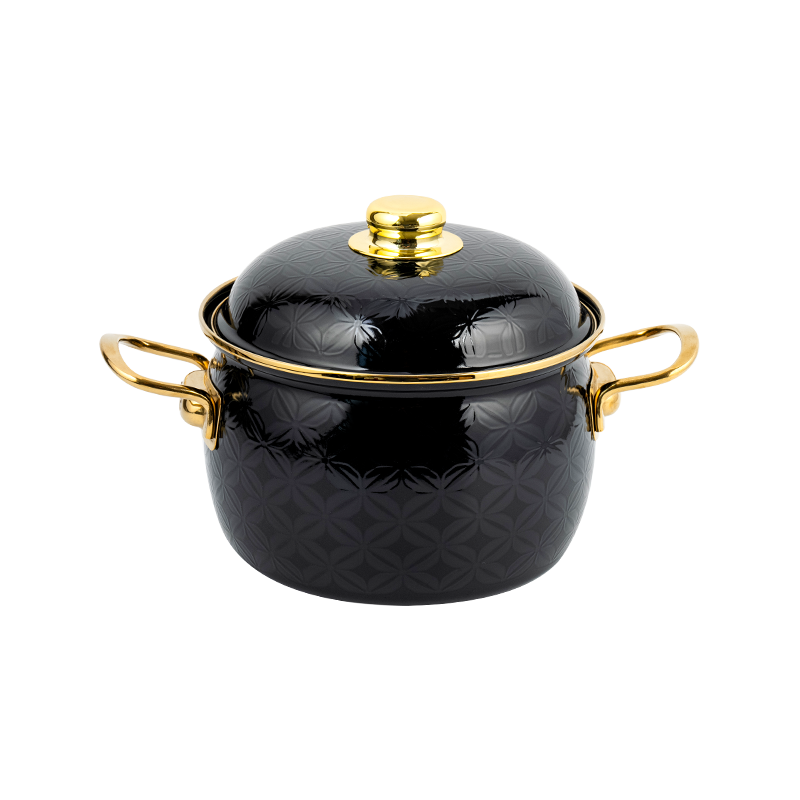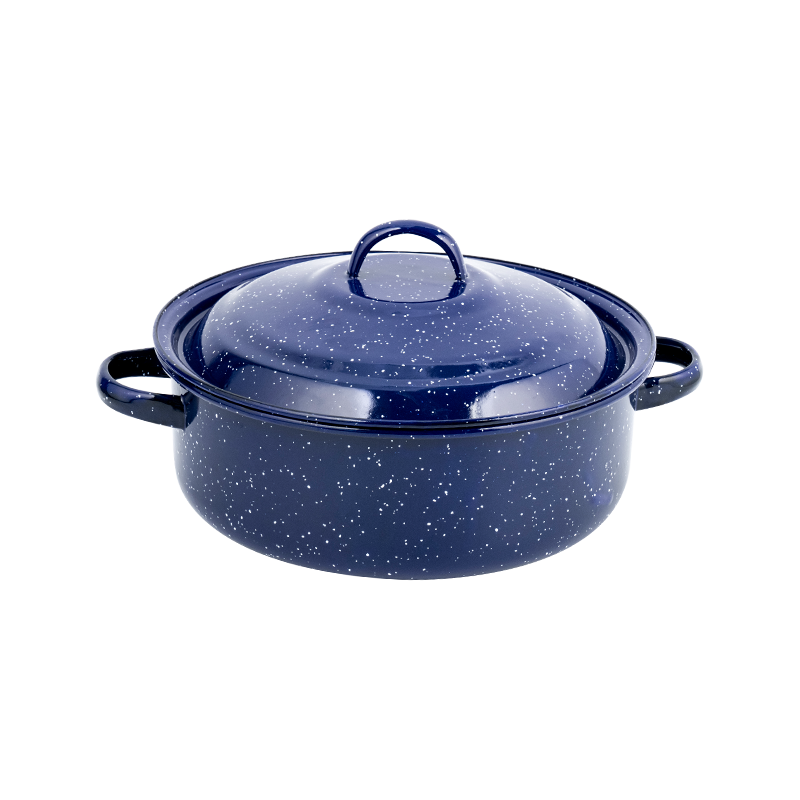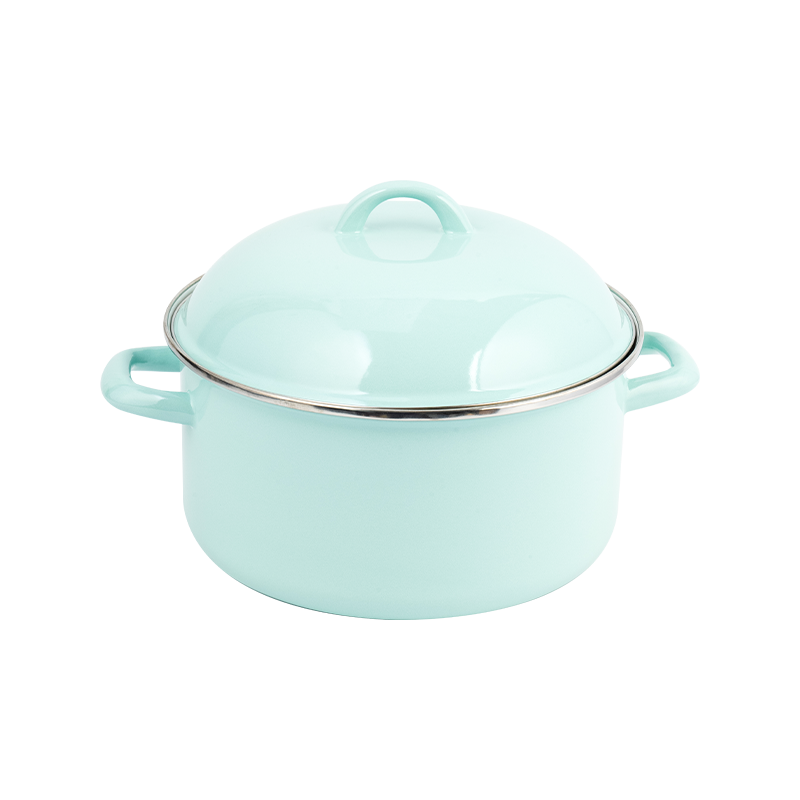Cooking porridge, a staple in many households, often raises concerns about sticking, especially when using specific cookware like a double handle enamel pot. As consumers seek durable and aesthetically pleasing options, understanding the factors that influence sticking can help ensure successful meals.
Understanding Double Handle Enamel Pots
A double handle enamel pot features a metal core, typically cast iron or steel, coated with a layer of enamel—a glass-like material fused to the surface through high-temperature firing. This coating enhances corrosion resistance, provides a non-porous finish, and comes in various colors. The dual handles facilitate safe handling, particularly when moving hot, heavy pots. Enamel surfaces are generally smooth, which can reduce adherence compared to uncoated metals, but their performance in preventing sticking depends on several variables, including cooking techniques and maintenance.
Factors Contributing to Sticking When Cooking Porridge
Porridge, made from grains like rice or oats, releases starch during cooking, which thickens the mixture and can adhere to cookware surfaces. In enamel pots, sticking may occur under specific conditions:
- Surface Integrity: New or well-maintained enamel coatings are highly resistant to sticking. However, minor scratches or chips from utensils or impacts can expose the underlying metal, creating rough spots where starch accumulates. This is not unique to enamel pots but applies to any cookware with damaged surfaces.
- Temperature Management: High heat causes rapid boiling, leading to uneven cooking and increased sticking. Enamel conducts heat efficiently but can be sensitive to thermal shock; sudden temperature changes may cause the coating to crack over time, exacerbating sticking risks.
- Cooking Methods: Stirring infrequently allows starch to settle and bond to the pot. Additionally, using inadequate liquid ratios—such as too little water for the amount of grains—creates a thicker mixture prone to adhesion.
Strategies to Minimize Sticking
Preventing sticking in a double handle enamel pot involves practical adjustments based on scientific principles:
- Preparation and Cleaning: Before first use, season the pot by boiling water for 10 minutes to seal the enamel surface. Always clean with soft sponges and mild detergents to avoid abrasion; never use metal utensils during cooking or cleaning to preserve the coating.
- Optimized Cooking Techniques: Maintain moderate, consistent heat—aim for a gentle simmer rather than a rolling boil. Stir the porridge every 5-10 minutes to distribute heat and prevent starch buildup. For rice-based porridge, a water-to-grain ratio of 6:1 or higher ensures sufficient moisture.
- Material Considerations: Enamel pots excel in slow-cooking applications due to even heat distribution, but they may not perform as well as dedicated non-stick cookware for high-starch dishes without proper care. Avoid cooking highly acidic ingredients (e.g., tomatoes) frequently, as this can gradually degrade the enamel, increasing sticking potential over years of use.
Broader Implications and Safety
Using a double handle enamel pot for porridge is feasible and safe when guidelines are followed. The enamel coating prevents leaching of metals into food, making it a hygienic choice. Regular inspection for chips or wear ensures longevity; discard pots with significant damage to avoid safety hazards like metal exposure. In summary, sticking is not inevitable—it results from controllable factors like heat control and stirring frequency.

 English
English 中文简体
中文简体




